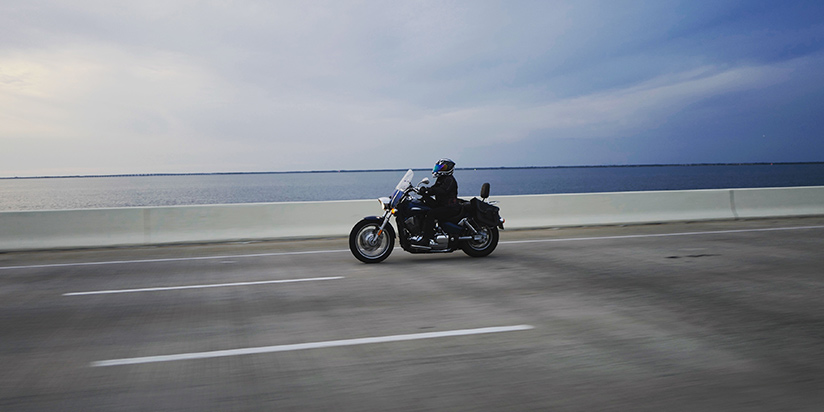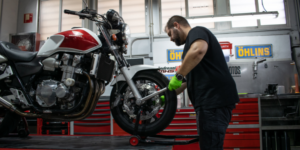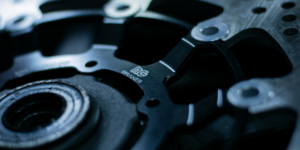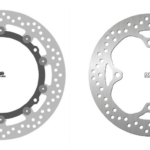It may seem an insignificant thing, but many times anyone has explained to you how a brake disc works. This detail can help you understand why your motorbike brakes and why it’ll never do it as you want. Let’s start explaining the parts integrating a braking system:
Brake handles and/or pedal, it is the piece that, adjusted to the handlebar or the chassis, allows us to activate it as a lever. It is the origin of the braking.
Brake fluid deposit or bomb, a recipient that is used as a container for the liquid which lubricates and vacuums to transform the mechanical force to hydraulic pressure.
Brake line, which is a cable with liquid inside that transmits the order to stop.
Brake callipers, that activate the closing and opening of the pads on the disc and the disc itself.
Brake disc, that has many designs and shapes, but it’s always adhered to the wheel and it turns with it. In our blog, we have explained to you how a brake disc works and the materials that are usually employed. You can re-read it here.
We also explained to you when to change the brake discs, with details like what you should look to see the minimum thickness of your disc, and you can remember it here.
And, of course, we have also explained to you how to brake safely with the motorbike (here you have it) or braking advice when the conditions are bad, like when it rains, something we told you here.
Once you have assimilated the mechanism of the system you’ll be able to understand why however much you press the handle or the pedal in your motorbike brake it needs some meters to stop. Independently of the floor conditions and your technique another factor has to be taken into account: the tyre condition. If you have read the links we have mentioned, you’ll profit the advice to stop safely your motorbike and protect yourself.












